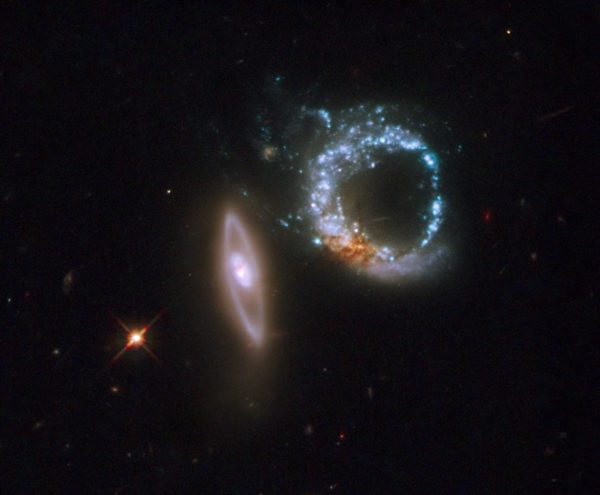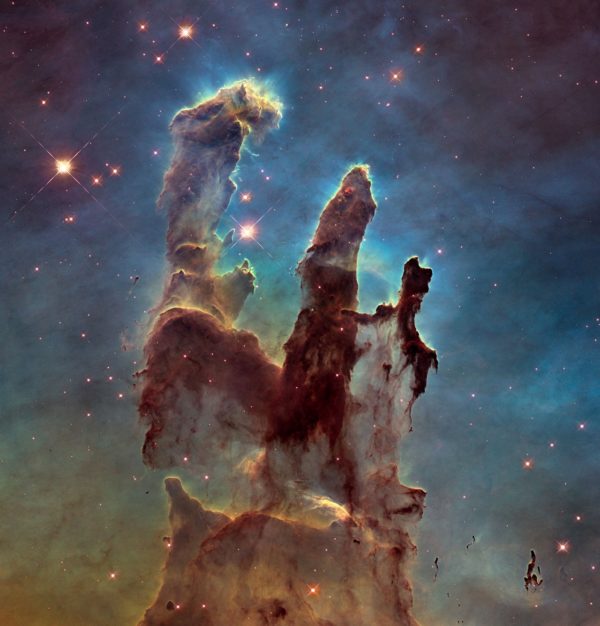“The history of astronomy is a history of receding horizons.” -Edwin Hubble
Over its more than 25 year lifetime, the Hubble Space Telescope has shown us what the Universe truly looks like. It’s done so in a myriad of ways, from planets to stars – dying and forming – to galaxies to gravity’s effects to the deepest abysses of blackness of all. Nothing in space is the same as it was before humanity knew Hubble. Yet even the camera most responsible for our iconic images, WFPC2, isn’t the end of the story.
 The gravitationally interacting system, Arp 147. Image credit: Arp 147, via NASA, ESA, and M. Livio (STScI).
The gravitationally interacting system, Arp 147. Image credit: Arp 147, via NASA, ESA, and M. Livio (STScI).
That camera was removed in 2009, and in the 8 years since, we’ve deepened our views and our understanding even further. Even before the launch of the James Webb Space Telescope, our journey into the unknown Universe continues with Hubble in a way we never could have imagined when the observatory was first launched.
 The updated Pillars of Creation, based on 20+ years of Hubble data. Image credit: NASA, ESA/Hubble and the Hubble Heritage Team; Acknowledgement: P. Scowen (Arizona State University, USA) and J. Hester (formerly of Arizona State University, USA).
The updated Pillars of Creation, based on 20+ years of Hubble data. Image credit: NASA, ESA/Hubble and the Hubble Heritage Team; Acknowledgement: P. Scowen (Arizona State University, USA) and J. Hester (formerly of Arizona State University, USA).
Come see for yourself in far more images than you’ve ever seen at once before!

The M100 Galatitic Nucleus looks like it was originally a 256 color image and converted to true color. The original TIFFs are in true color.
http://hubblesite.org/images/news/release/1994-01